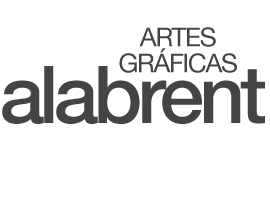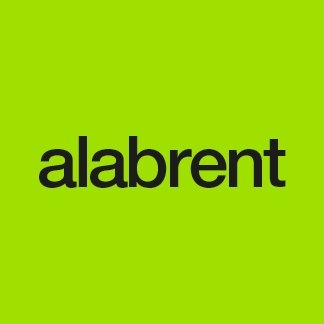Redacción Alabrent
Unless you’ve been living on the moon for the last few years, it’s highly likely that the continued rise of 3D printing has not escaped your notice. Created around 30 years ago, the technology has gradually strengthened its foothold and is now widely used across a plethora of applications within industry sectors that include automotive, aerospace and medical.Despite its popularity in such sectors, it’s fair to say that 3D printing has yet to make its mark on the graphic arts industry. However, if you are large format print business or sign & display operation, then the good news is that 3D printing opportunity might be within closer reach than you were aware. Moreover, just as it has proved already within the manufacturing world, 3D printing technology has the flexibility, speed and price point to unlock huge new creative opportunities and drive profitable growth for users in the graphic arts industry.
At drupa, we unveiled our own solution for this market – the Massivit 1800 3D Printer – publicly for the first time. From our side, we believe that the Massivit 1800 3D Printer offers something different, something new for this sector. It enables the creation of vibrant, eye-catching, 3D printed sign & display projects beyond those that can be achieved with 2D large format printing solutions. With the capability to very quickly produce high quality 3D pieces up to 1.8m / 6ft high, we expect it to transform the way high-level marketing, advertising and themed projects are created.
At the heart of this is our new proprietary technology, GDP (Gel Dispensing Printing), which enables instant solidification of the printing material thus achieving very high-speed printing. Not only that, but the printer also utilizes techniques that allow it to print non-vertical walls and ceilings, without the need to produce a solid object or build intensive support structure.
So, in printing less to achieve the same result, the Massivit 1800 is able to dramatically increase print speed, while also reducing material costs and product weight – pivotal for additional materials handling, transportation and storage benefits.
For the owners of large format print and sign businesses, 3D printing technology could be an enabler to unlocking the door to new business. The printing industry remains a difficult environment in which to operate and the need for higher impact output delivered faster and cheaper than the next provider will be a perpetual goal for those at the sharp-end. The ability to differentiate your offering and enhance your applications gamut to customers will always stand you in good stead in the quest to maintain customers and win new ones.
After all, it goes without saying that brand and marketing managers will always be seeking to maximise their budgets with as much wow factor as possible. The ability to offer attention-grabbing, added-value visual communications that better engage target audiences achieves this. Moreover, it makes engaging - and subsequently keeping - such customers much easier.
Of course, if you are a large format print provider currently weighing up the options for your next investment, your decision will be governed by your company’s own aspirations and strategic objectives. Many of you are likely to be already running successful, profitable companies, having perhaps found a ‘niche’ offering or a stable portfolio of clients. That said, leaving your comfort zone to explore and add new applications to your service capability and ‘futureproof’ business, is always healthy and can only help differentiate your offering retain your overall competitive edge.
And what of the future? I think that the way the technology has evolved generally in other sectors is probably a good barometer for where things might eventually be headed. I would, therefore, be surprised if in a few years, we were not seeing additional 3D applications that we have yet to even envisage. What’s more, these will likely be created with even higher speeds, greater build size and possibly extended material options that will take the large format/sign sector further still into uncharted territory.



